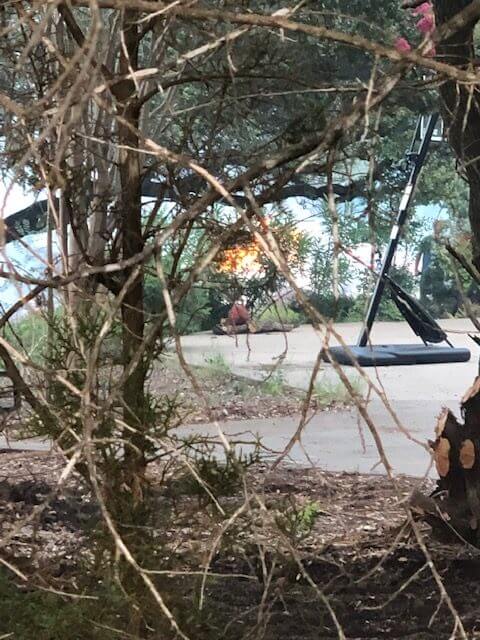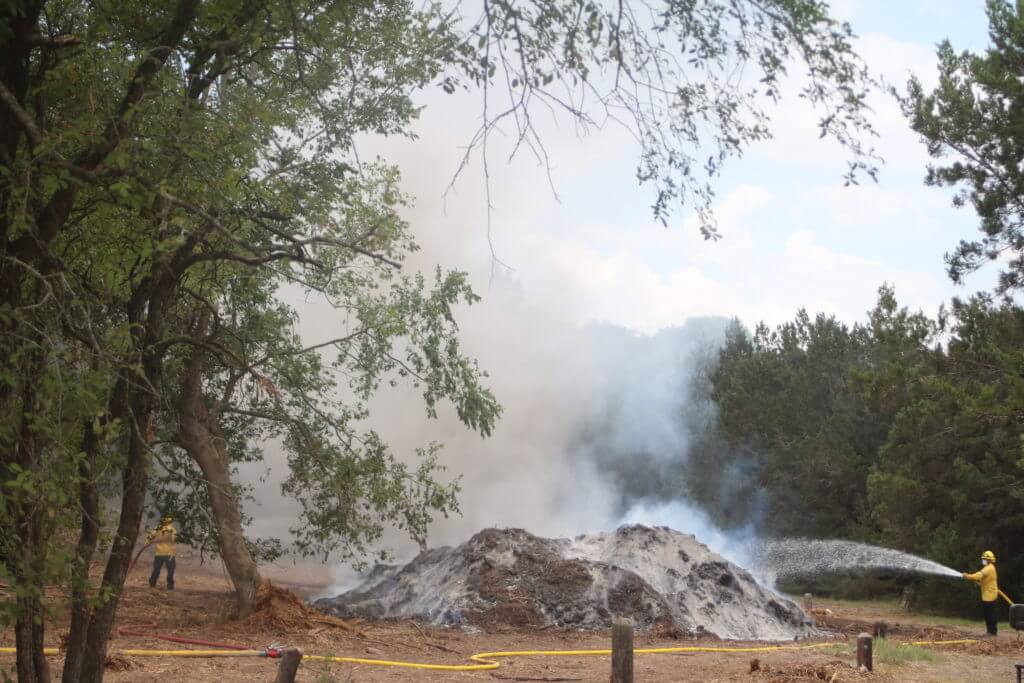
By LYNETTE HAALAND, Four Points News
A large outdoor, controlled burn in Glenlake in mid June was halted after neighbors alerted authorities: But the two homeowners were given permission to clear their lots and burn by the Emergency Services District 4.
When the burn was first happening on June 18, “I heard knocking on my door at 8 o’clock in the morning,” said Linda Bailey, who’s lived in Glenlake for 24 years. Her neighbor was at her door and said they could not walk their dogs because of all of the smoke.
“It was quite scary as smoke was billowing up,” said Bailey. At her house, they had smoke in their closet and ash in their garage, on their cars. “It was unbelievable… just a shock.”
Some other neighbors, who are in their 80s, couldn’t go out of their home and walk to their mailbox because of the smoke.
It all started when two neighbors across from each other were clearing brush and trees on their lots. Homes in Glenlake, which neighbors River Place, are in a watershed that requires each lot to be two acres. Like others, these two lots are heavily wooded.
Emergency Services District 4 gave the two Glenlake homeowners permission to burn after the clearing.
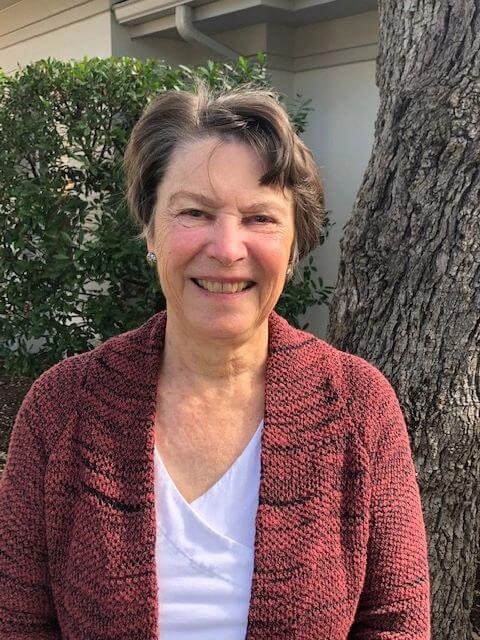
It went on for two nights and two days, June 18 – 19, as it was an enormous pile, said Bailey, who lives two home sites away from the two lots.
She got involved not only as a neighbor but also as the president of Lake Austin Collective, which advocates for 12+ neighborhoods along City Park Road, RM 2222 and Capital of Texas Highway 360.
Although close to Austin, Glenlake is not in the city limits, where burns are not allowed. The community is within Travis County, which manages large, controlled burns through its Emergency Services Districts.
Neighbors were concerned and Bailey found out there were 3-1-1 and 9-1-1 calls from both Glenlake and neighboring Westminster Glen, which was downwind from where the burn was taking place.
The fire department came out many times, she added.
After all of the calls, a stop-work order was put into place on both lots. Bailey said it ended up being an “illegal clearing with no site plan”.
Austin Fire Department firefighters used 40,000 gallons of water to put out the fire. Bailey said they worked for hours in the high temperatures to extinguish the blaze.
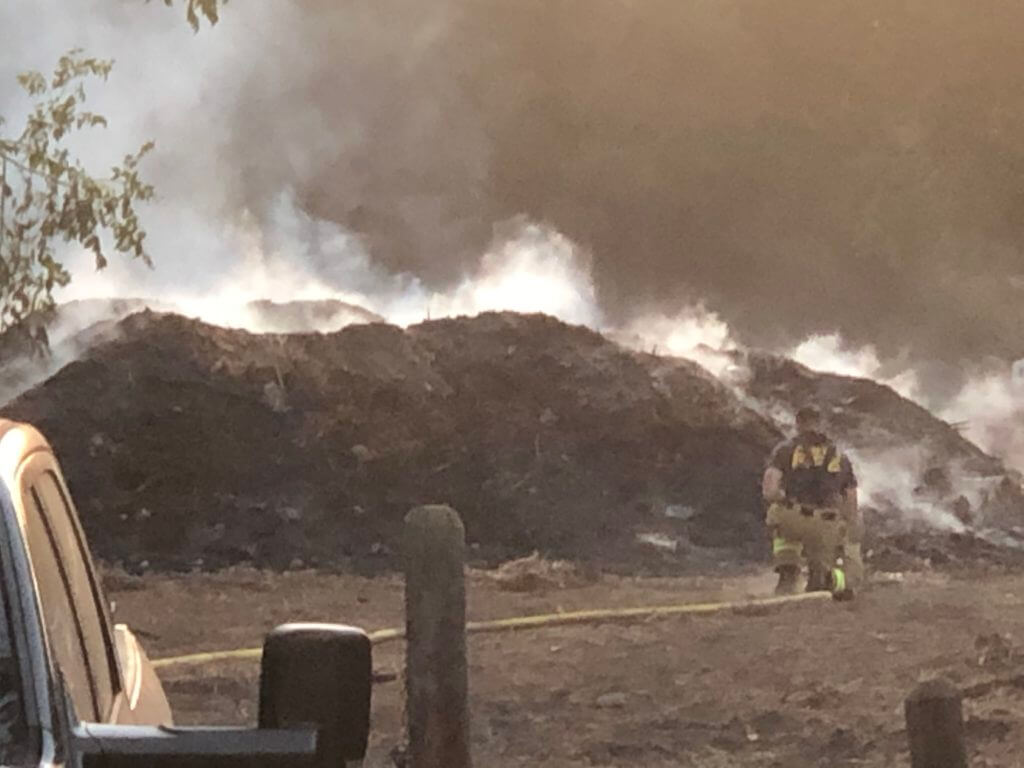
Action results
The Lake Austin Collective made ESD 4 aware of the issues of a burn like this in a suburban area.
“They responded very positively and do not want it repeated,” Bailey said.
ESD 4 said they allowed the burn to happen because there was not a Travis County burn ban on at the time. A burn ban is currently their main criteria.
The county only looks at soil moisture when issuing a burn ban, which prohibits outdoor burning. That rule was put into place in 1986 and is very limited, Bailey said.
“We know from the wildfire division (experts) what makes (fires) spread fast and the index is not adequate,” she added.
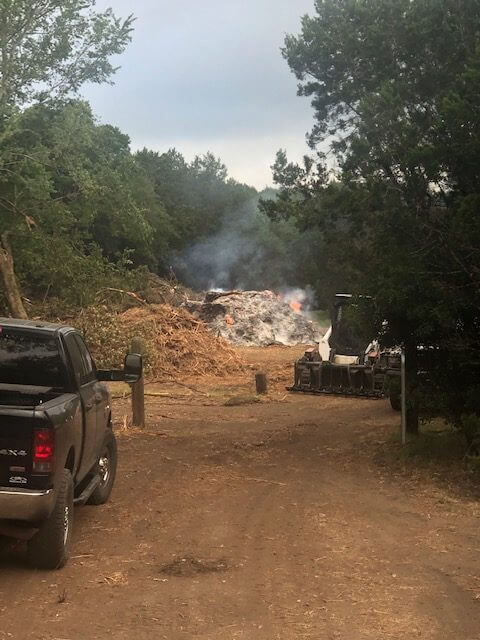
Additionally Bailey shared there are many reasons why the burn should not have happened including: the low wind speed, the large size of the pile, and the huge amount of smoke it generated.
She found out that the wind speed on June 18 started at 4 miles per hour and the minimum allowed wind speed should be 6 mph, otherwise the smoke doesn’t blow away and it stays on the ground and accumulates, she said.
“In this case, it (the burn) was authorized without looking at those specifics,” Bailey said.
Additionally the Glenlake site is in a flood zone, and a critical water quality zone, near a creek. There were no erosion controls in place during the burn, and it is at an easement. “You’re not supposed to be messing around in an easement,” Bailey said.
After learning all of this, ESD 4 responded, and it took a step further and appointed a committee last week on Aug. 18 to study it and provide information.
“We’re very pleased they (ESD 4) took it seriously,” Bailey said.
After the burn, several agencies and departments visited the site of the burn including Texas Commission on Environmental Quality, Travis County environmental, and City of Austin environmental.
At this time it is not clear which jurisdiction this falls under. Travis County says it’s responsible to enforce the law/s that this would fall under but is it the Travis County Fire Marshal, ESD 4 or the Travis County Commissioners?
Lake Austin Collective went to Texas House District 47 representative Vikki Goodwin also to help make sure something like this wouldn’t happen again. The group would like to see clarification on the guidelines and/or laws surrounding burns like this.
“We’re asking her to help us think through the issue,” Bailey said. Goodwin’s policy staffer Mike O’Connor is looking into it.
Glenlake, along with neighboring subdivisions, fall into a high wildfire risk area recently designated by Austin/Travis County. The area is also part of the Wildland Urban Interface.
The Lake Austin Collective is meeting with Travis County Precinct 2 Commissioner Brigid Shea on Sept. 25 about rules on burning. The group wants clarification on burning because one fire in Glenlake could spread to Greenshors, Westminster Glen, River Place, and Westcliff.
Two other groups have joined Lake Austin Collective in its quest to create more clarification on outdoor burns in suburban areas: Austin Wildfire Alliance and 2222 CONA, which has a draft in place so something like this doesn’t happen again, Bailey said.
